The Galleria Civica d’Arte Moderna e Contemporanea di Torino (GAM) is dedicating a major exhibition to Francesco Hayez (Venice, 1791 - Milan, 1882), scheduled from October 17, 2023 to April 1, 2024, and entitled Hayez. The Workshop of the Romantic Painter. The exhibition, curated by Fernando Mazzocca and Elena Lissoni, makes art, history and politics intertwine, accompanying the public to discover the artist’s world, inside the painter’s workshop, to reveal his techniques and secrets. An original itinerary that compares paintings and drawings, with more than 100 works from prestigious public and private collections to which are added some of the artist’s important paintings kept at GAM, such as the Portrait of Carolina Zucchi in Bed (The Sick) and theAnnouncing Angel. The exhibition is organized and promoted by Fondazione Torino Musei, GAM Torino and 24 ORE Cultura - Gruppo 24 ORE, in collaboration with the Accademia di Belle Arti di Brera, from which comes an important nucleus of about fifty drawings and some of the most important paintings, all works that were in the studio of the painter, for forty years professor of painting at the Accademia.
In addition to the unpublished or little-seen works, some of the most popular masterpieces will be on view in the exhibition, such as La Meditazione from the Musei Civici di Verona - Galleria d’Arte Moderna Achille Forti and TheSecret Accusation from the Musei Civici del Castello Visconteo in Pavia, which is juxtaposed with Il Consiglio della Vendetta, a prestigious loan from the Sammlungen des Fürsten von und zu Liechtenstein in Vienna.
Through ten sections in chronological succession, the exhibition itinerary begins with the years of training between Venice and Rome, where Hayez enjoyed the protection and friendship of Canova, up to his first achievement in Milan and the last trials of his maturity. A special section is devoted to the drawings for the Silks of the Crusaders, his most ambitious and challenging work, which the painter planned as his masterpiece, executed between 1833 and 1850 and destined for the Royal Palace in Turin, where it can still be admired. The exhibition evokes the intense biography and creative journey of the artist, a great protagonist of Romanticism. A “civil painter,” an interpreter of the destinies of the Italian nation, capable of extending the breath of his painting from history tocurrent political events, he was also among the greatest portrait painters of all time, who was able to interpret with his production the spirit of his own era. A singer of beauty, love and Risorgimento values, in his long life he was a protagonist of epochal changes, witnessing the transition from Neoclassicism to Romanticism. Celebrated by Giuseppe Mazzini as the nation’s vate, he shared the same ideals with Manzoni and Verdi, forging with them a unique relationship of friendship and cultural understanding. Risorgimento Italy recognized itself in his language, which still manages to communicate universal feelings and values, even through a civic dimension that actualizes history.
The novelty of this exhibition, the curators explain, lies in relating the paintings and drawings (the latter rarely exhibited) in order to reconstruct his creative path. In the work of Hayez, who considered himself the last representative of the great tradition of Venetian painting and who had been trained on the study of Titian and the Venetian painters of the 15th and 16th centuries, drawing may at first seem secondary to color. His contemporaries were impressed by his particular way of proceeding based on the whim of the moment, with constant revisions, even and especially during the course of the work, which in many cases are recognizable even to the naked eye. The excellence and singularity of this technique constitute the charm and strength of a painting admired by both the public and critics.
But also known of Hayez are hundreds of drawings, most of them preserved at the Brera Academy of Fine Arts, most often sketched in a quick and immediate gesture, almost as if they were visual notes to be employed later in the creation of compositions, and only on very rare occasions reported in detail in large dimensions for later translation onto canvas. In addition to the aforementioned “sketches, quickly stopped thoughts, studies,” which constitute an exceptional testimony to the painter’s working method, the artist left a very refined production of d’après: drawings and watercolors that faithfully reproduce some of his most famous works-likely intended as gifts to the most affectionate collectors-and that constituted a formidable tool for the dissemination of his inventions.
“Francesco Hayez, who was born in Venice in 1791 and witnessed as a child the fall of the ancient Republic,” comments curator Fernando Mazzocca, “spent most of his life and achieved his success in Milan, where he passed away in 1882, laden with years and glory like a new Titian, the painter to whom he loved to compare himself. In his very long life, almost a century, he was thus a protagonist of epochal changes, witnessing the transition from Neoclassicism to Romanticism, of which he was one of the creators, to the new realist instances that emerged after the Unification of Italy. Not only for his art, but also for his political ideas he is to be considered, along with Manzoni and Verdi, among the Fathers of the Fatherland. Fundamental was his training in Rome with Canova, who supported him with the conviction that he would become the artist capable of restoring Italian painting to its lost greatness, just as he had done in sculpture. This merit was recognized by his greatest supporters, such as Stendhal who considered him ’the greatest living painter’ and Mazzini who consecrated him as the interpreter of national aspirations. His was an exceptional life both from a personal point of view, as he redeemed himself from humble beginnings and abandonment by his family, and on the side of a resounding career that saw him converse with the great artists of his time, connoisseurs, literati and musicians. His many loves and a great zest for life are documented in his painting, which expressed a range of universal values, celebrating feminine beauty and the power of love, as in the series dedicated to Juliet and Romeo.”
The exhibition opens Tuesday through Sunday from 10 a.m. to 6 p.m. Closing: Monday. The ticket office closes one hour earlier. For information visit the GAM website.
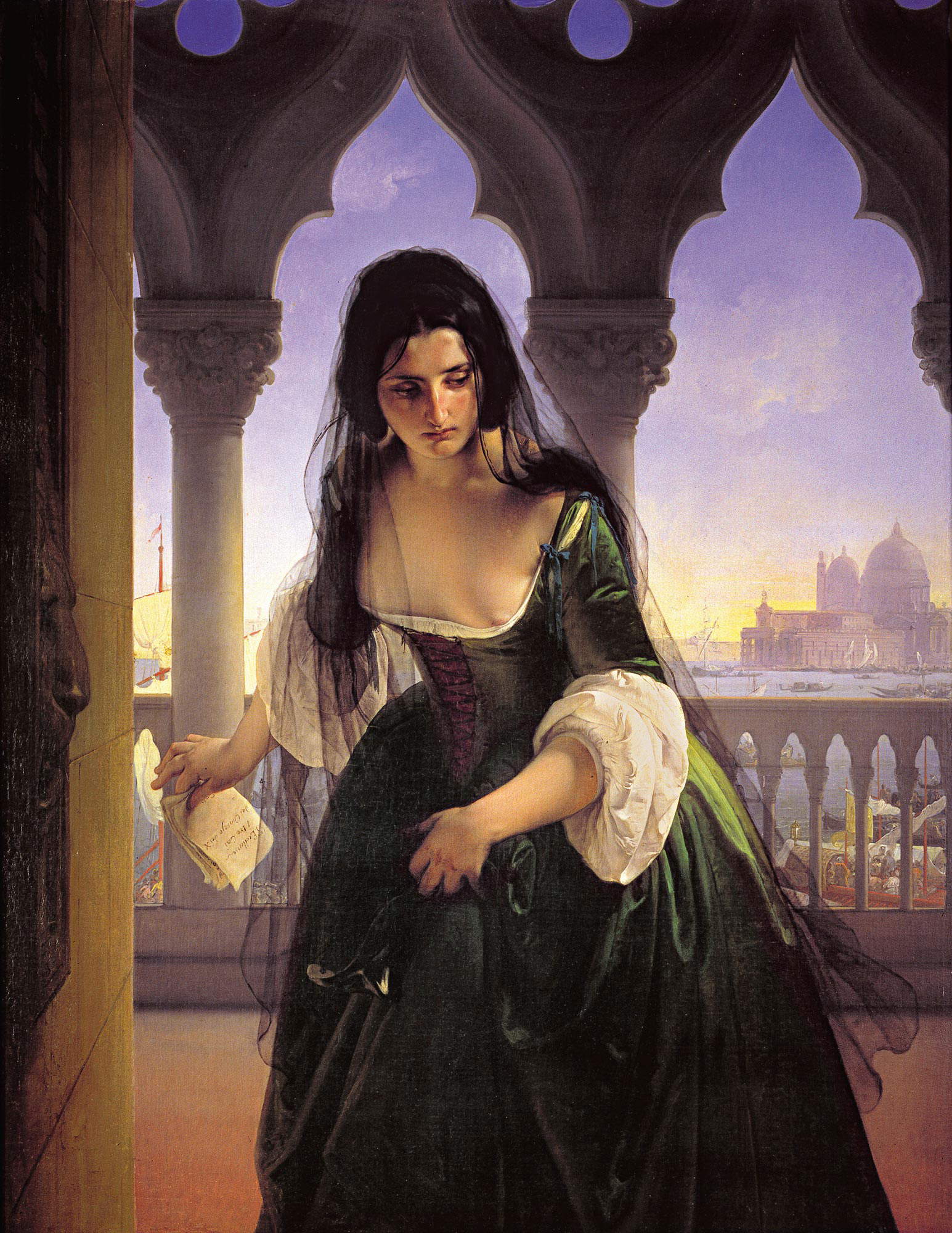
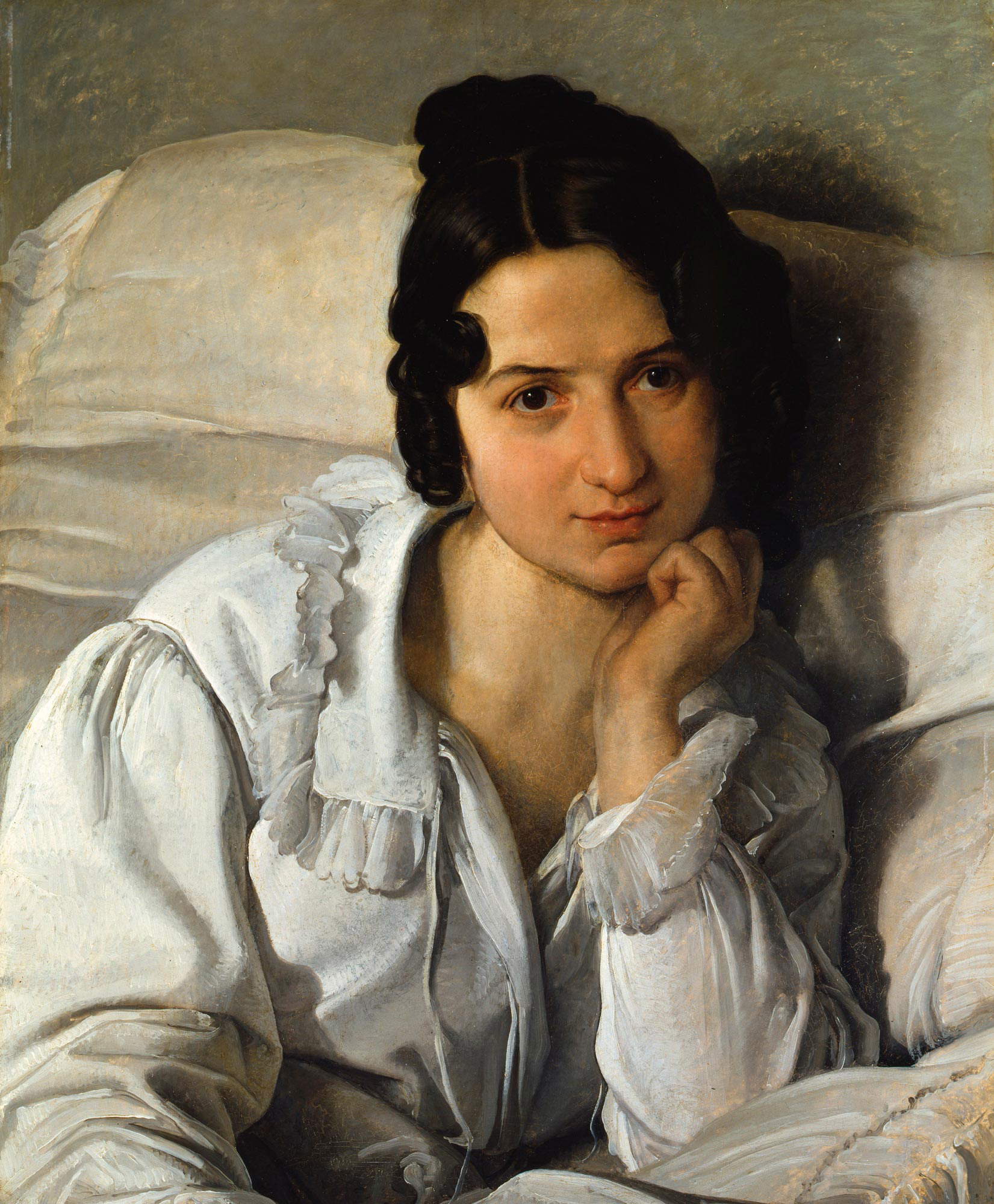
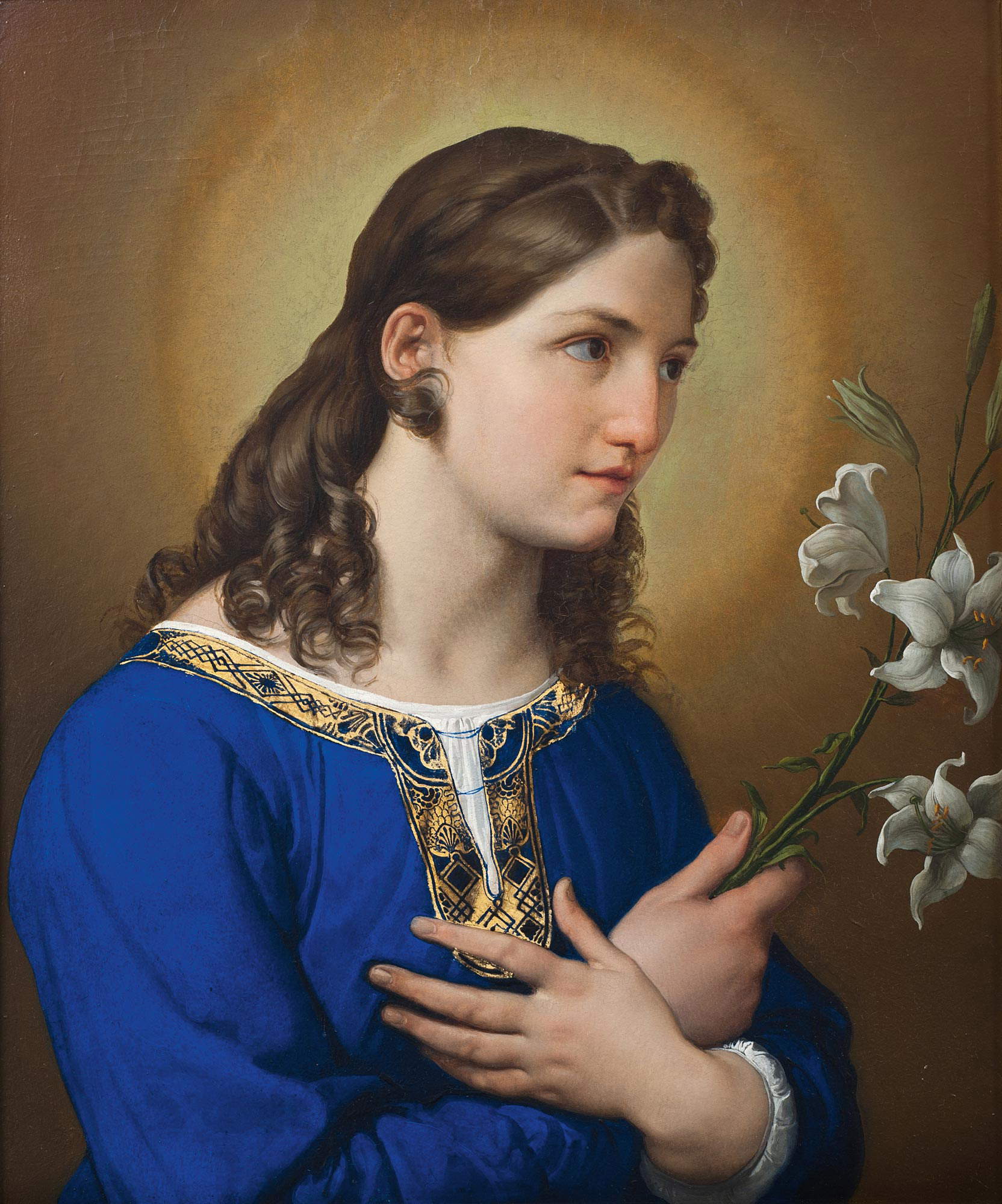


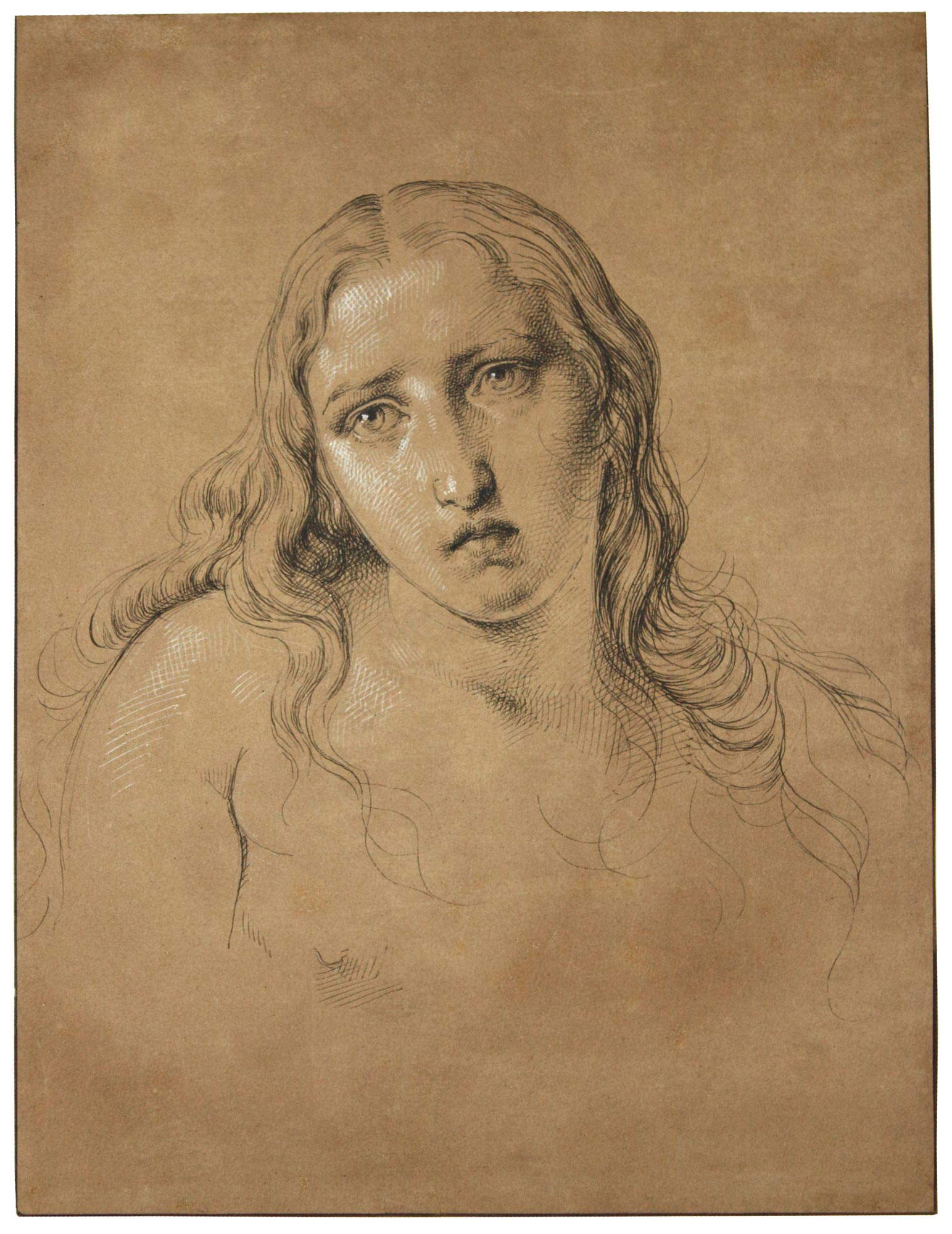
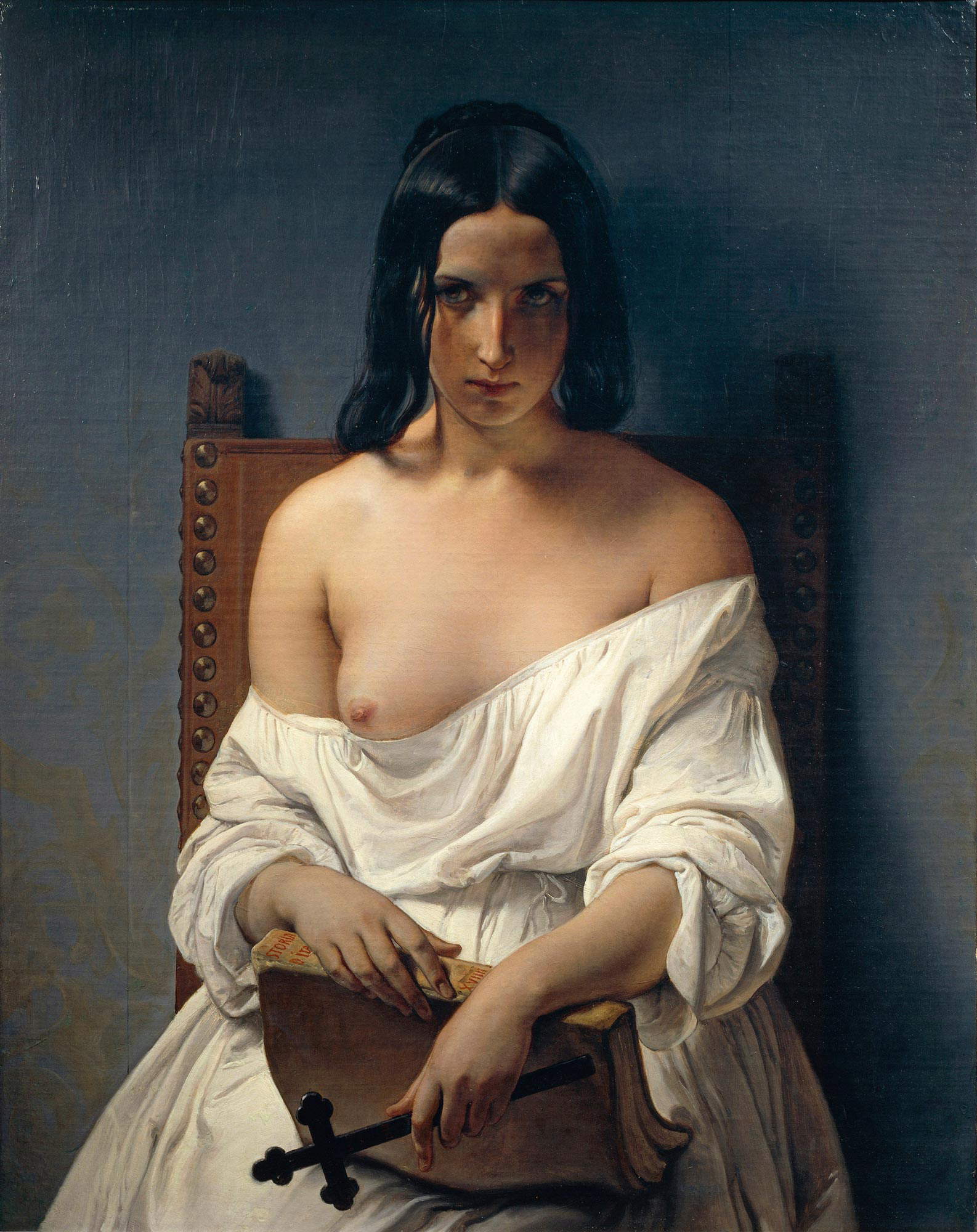
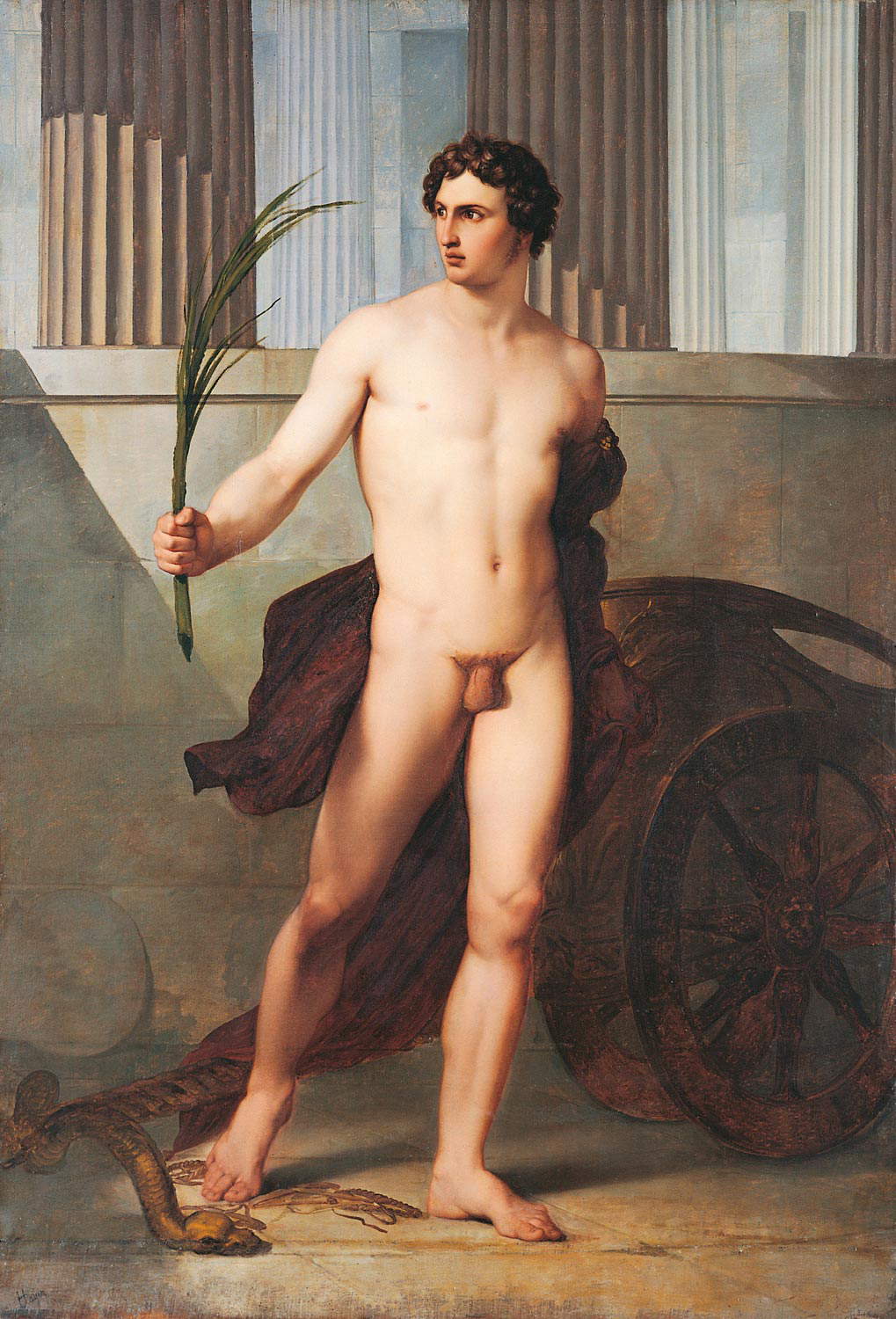
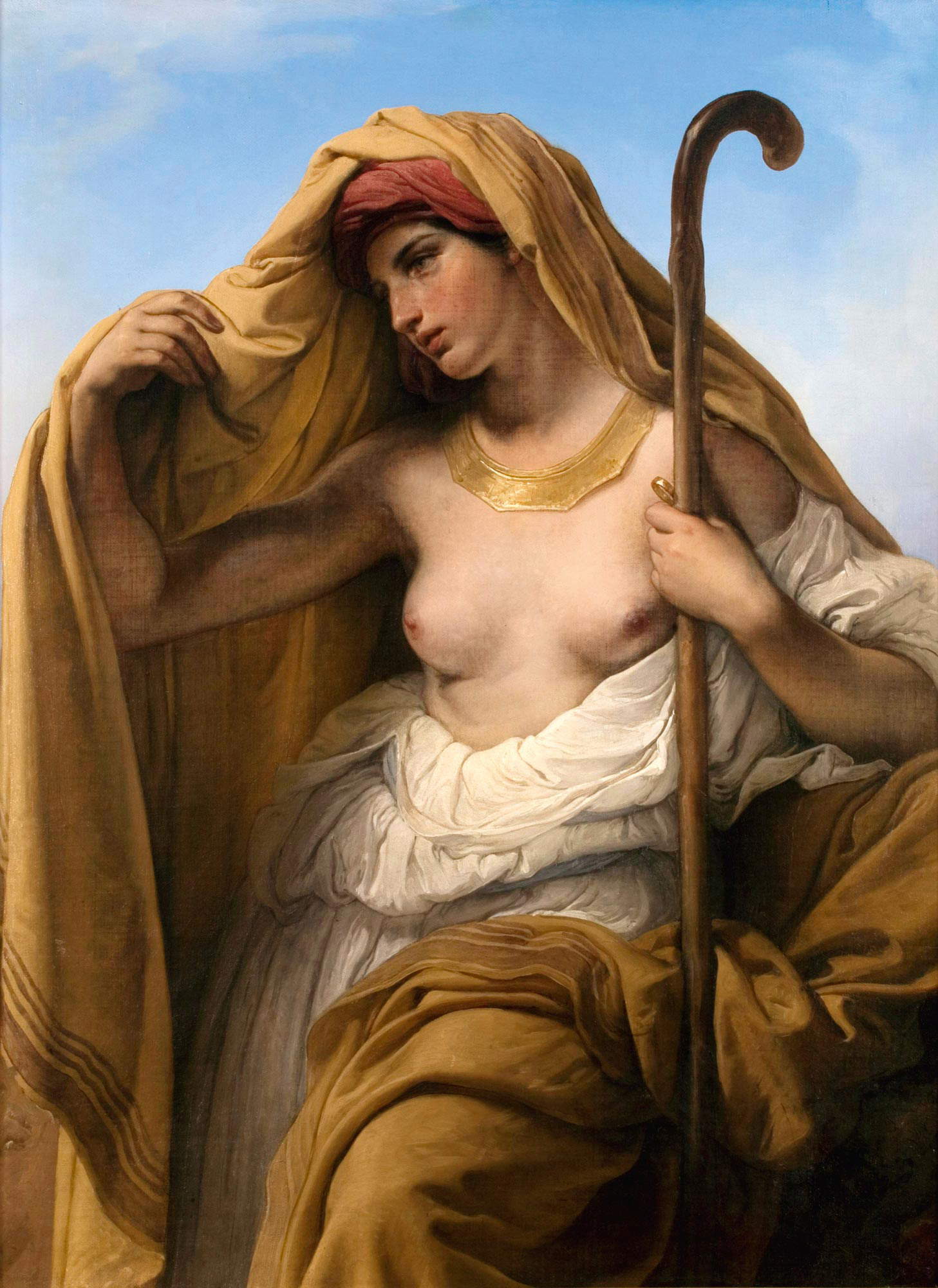
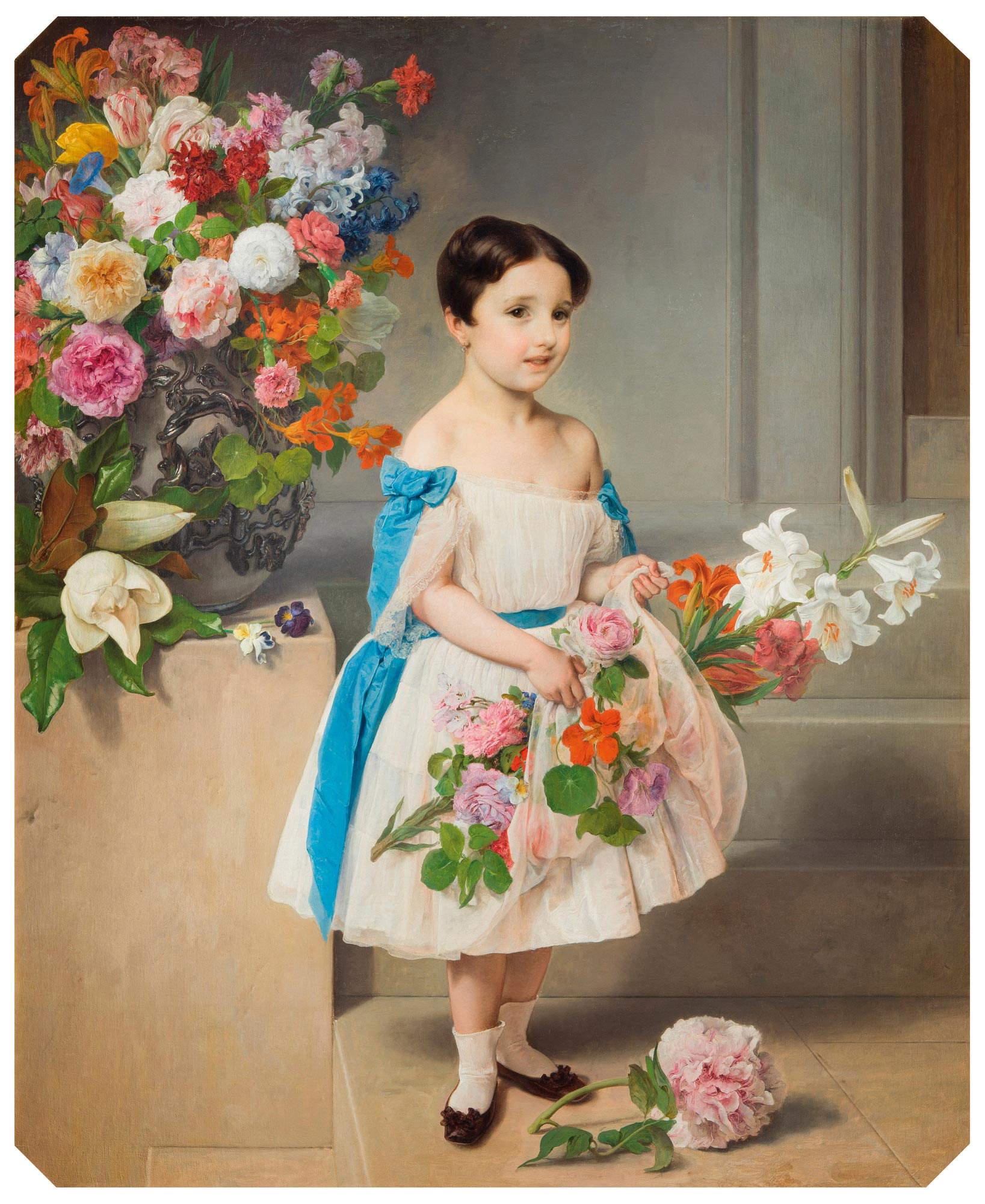 Francesco Hayez,
Francesco Hayez,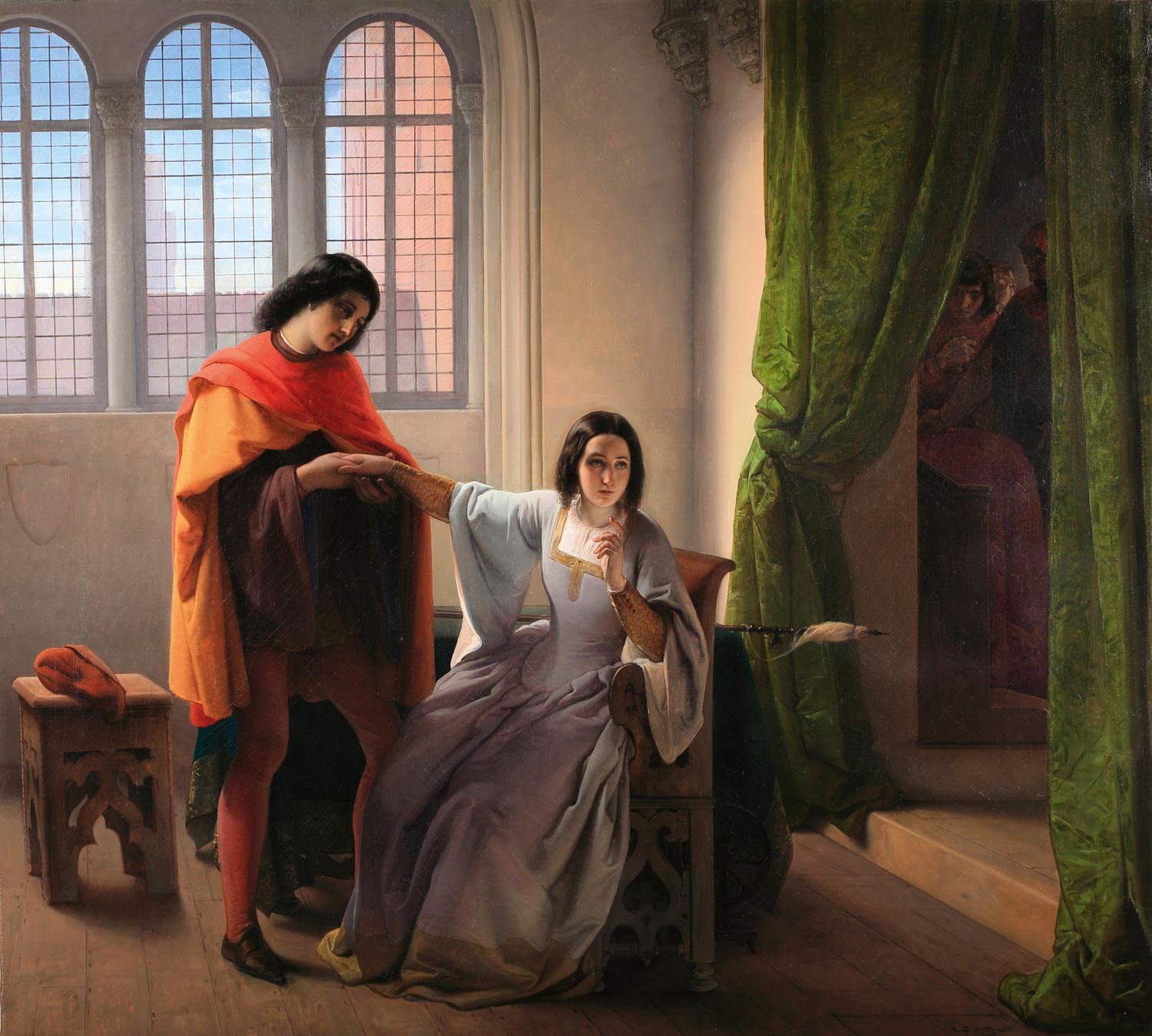
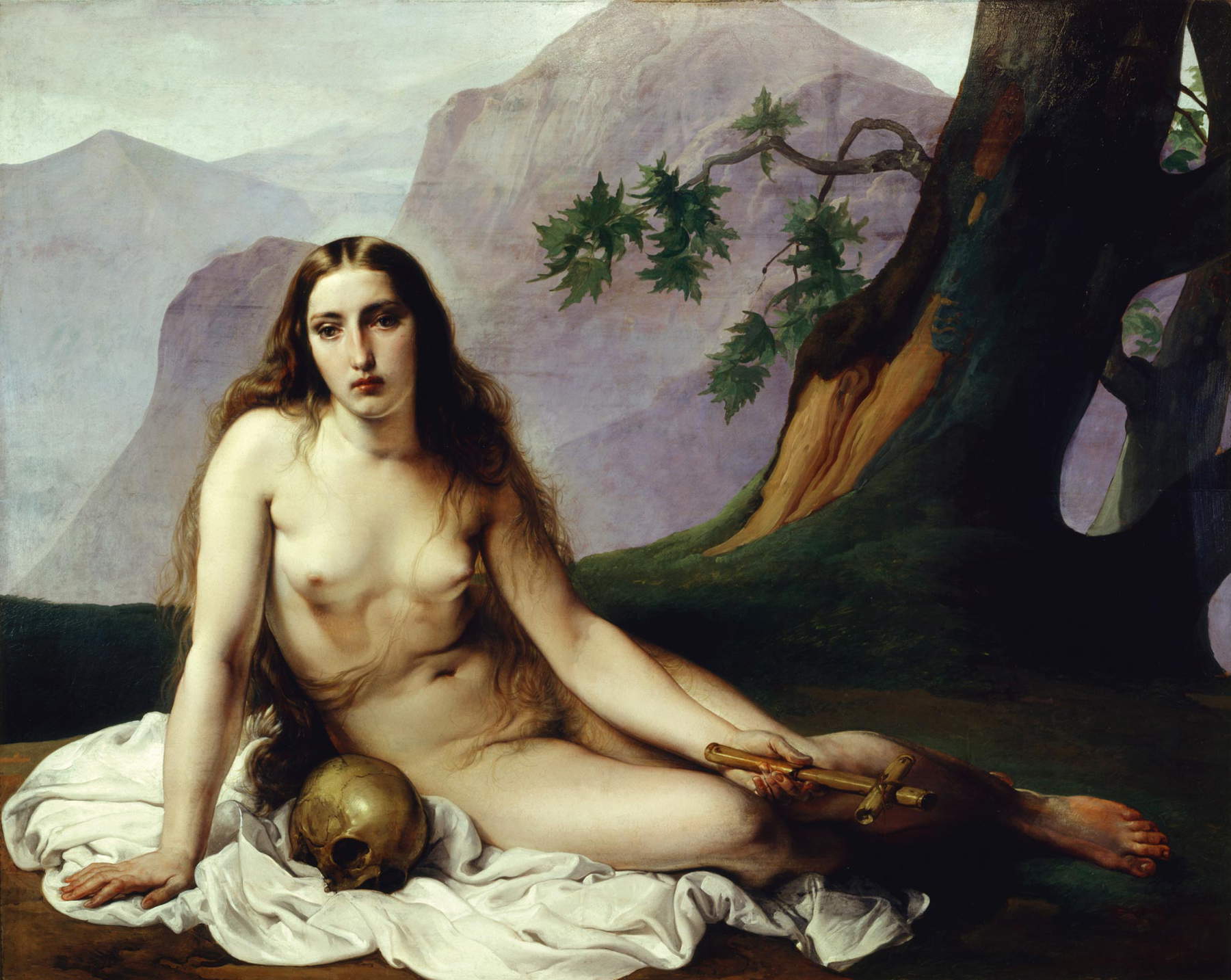
 |
| Turin, an exhibition on Francesco Hayez at GAM with a hundred works |
Warning: the translation into English of the original Italian article was created using automatic tools. We undertake to review all articles, but we do not guarantee the total absence of inaccuracies in the translation due to the program. You can find the original by clicking on the ITA button. If you find any mistake,please contact us.